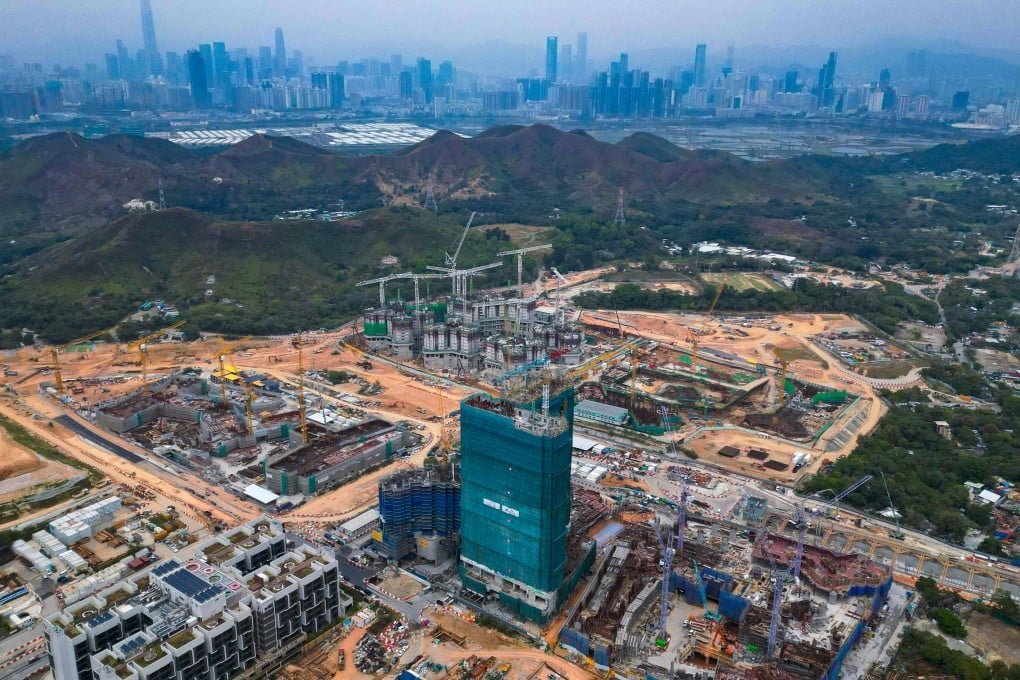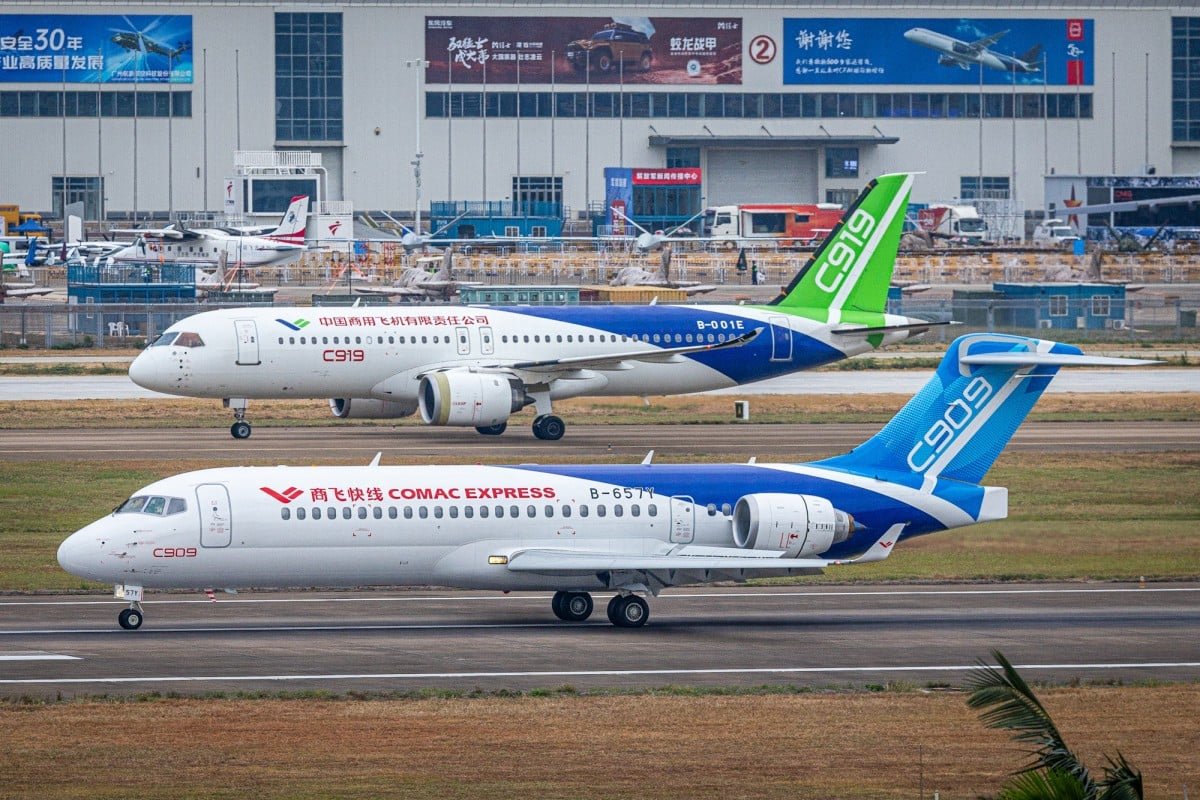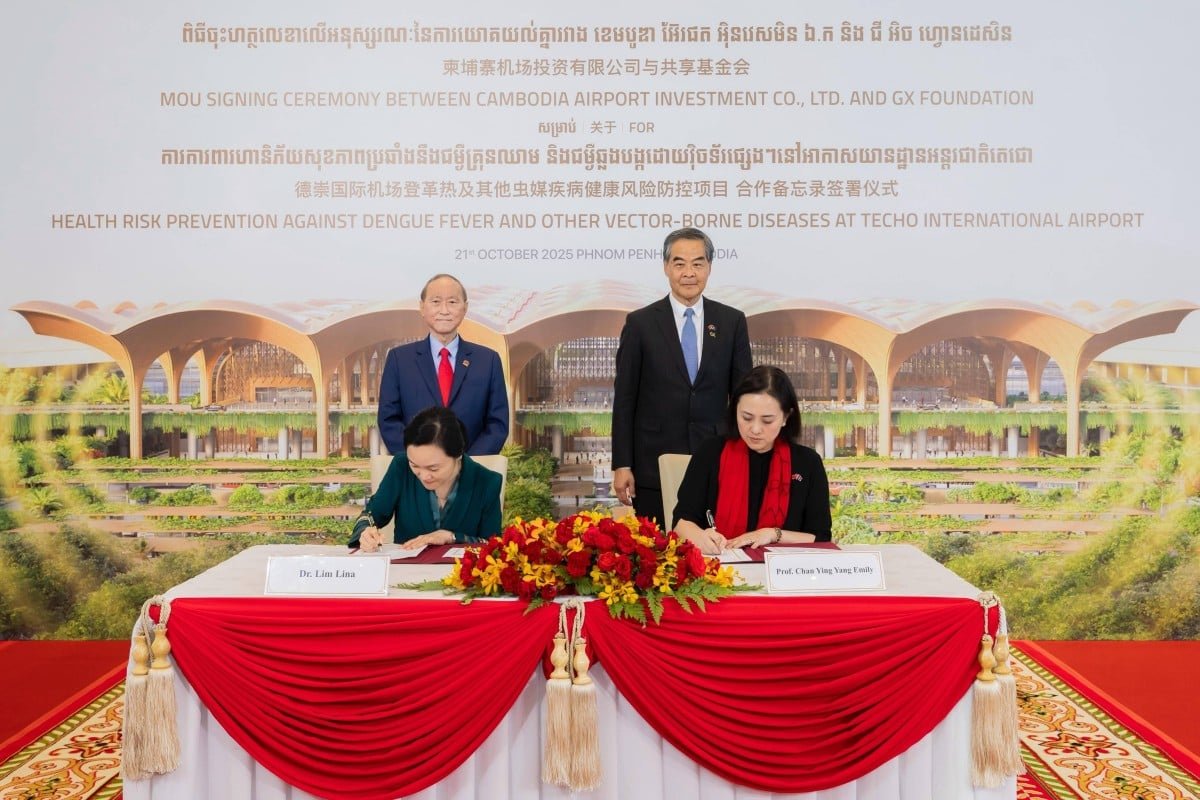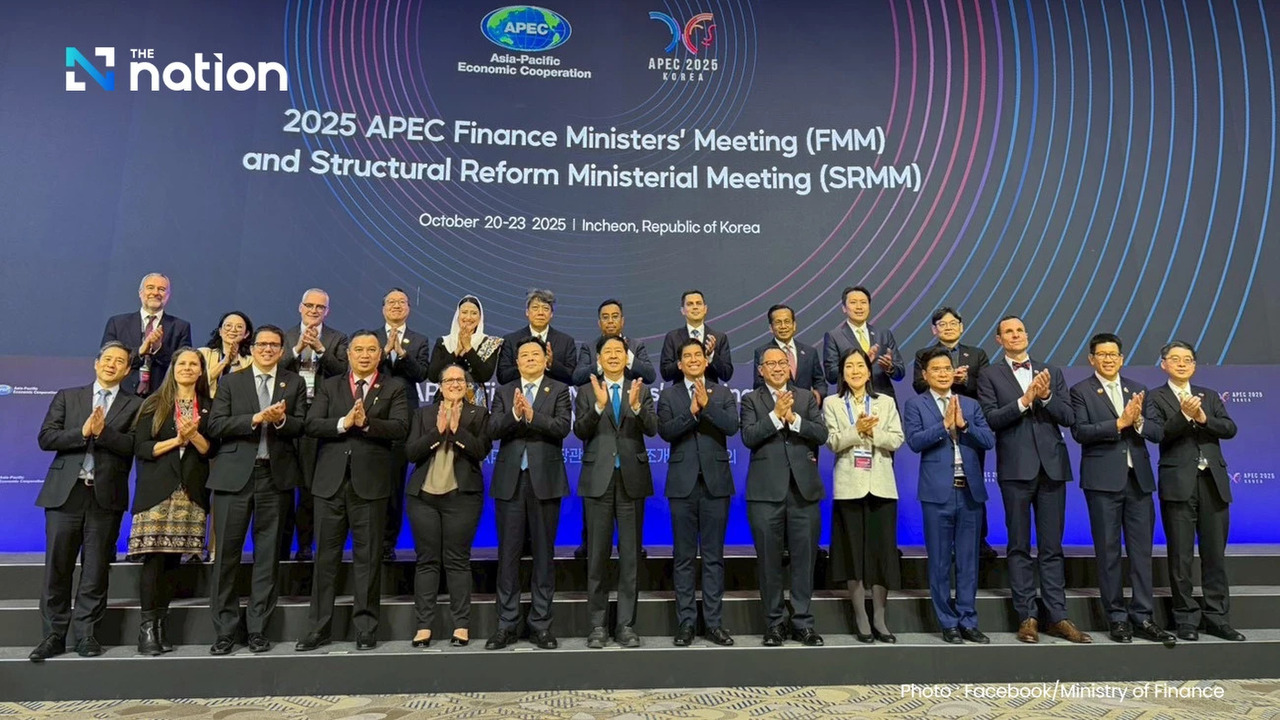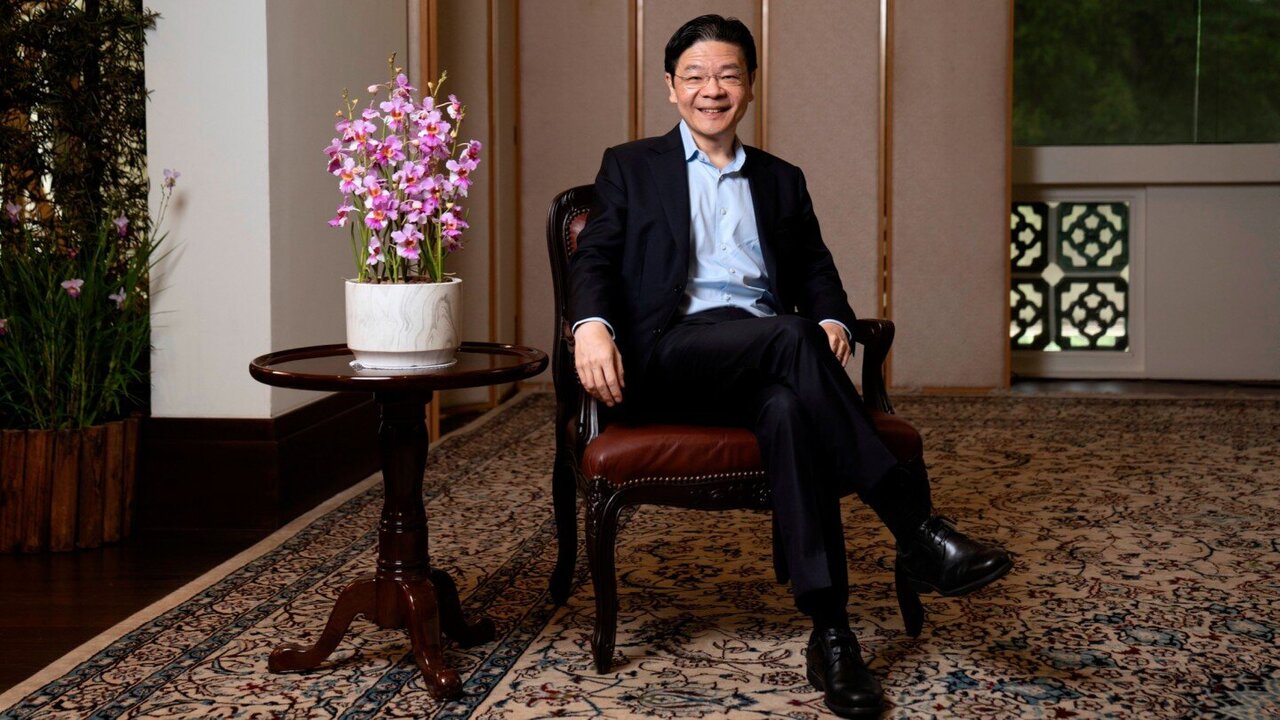This data, drawn from the International Federation of Robotics’ 2025 World Robotics Report, reveals that China’s annual installations accounted for around 54 per cent of global unit demand.
The rollout of robots arrives as China’s population shrank for a third consecutive year, with a decline of about 1.39 million in 2024. The automation surge is increasingly viewed as a strategic response to ageing demographics and a tightening labour supply in manufacturing-intensive industries.
The report highlights that for the first time domestic Chinese robot manufacturers overtook foreign suppliers in home-market share, capturing 57 per cent of installations in 2024. Demand remains concentrated in sectors such as electronics (83,000 units) and automotive (57,200 units), while expansion into processing industries like textiles, wood and food is gaining traction.
Analysts observe that while automation cannot fully replace human ingenuity in areas such as innovation or complex decision-making, the shift enables factories to maintain output and productivity amid structural demographic headwinds.
This combination of scaling robots and improving workforce training underpins China’s ambition to transform manufacturing in the era of artificial intelligence, new energy and smart production.
As China leads the global automation race, industry watchers will monitor the next challenge: integrating robots with advanced digital systems, developing humanoid and service-robot technologies, and ensuring the remaining workforce can adapt to higher-value manufacturing roles.




